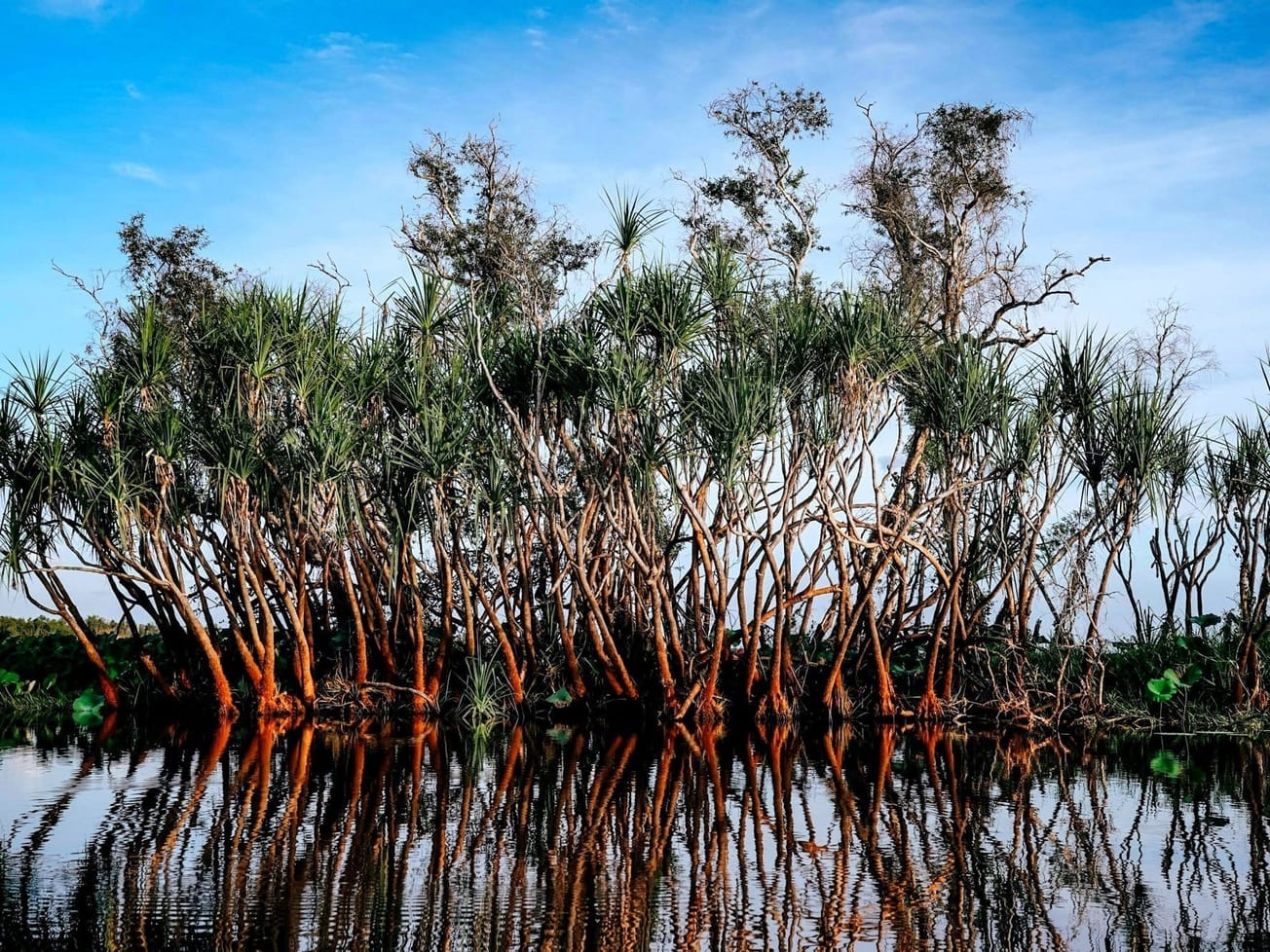GENEVA (AN) — Coastal mangrove forests are natural protectors against climate change, but over 50% globally are at risk of collapsing by 2050.
The alarming findings come from the first global study of mangroves on Wednesday for the International Union for Conservation of Nature's Red List of Ecosystems. Mangroves harbor fish and wildlife, protect against sea level rise, tides and storm surges, and store billions of tons of carbon.







